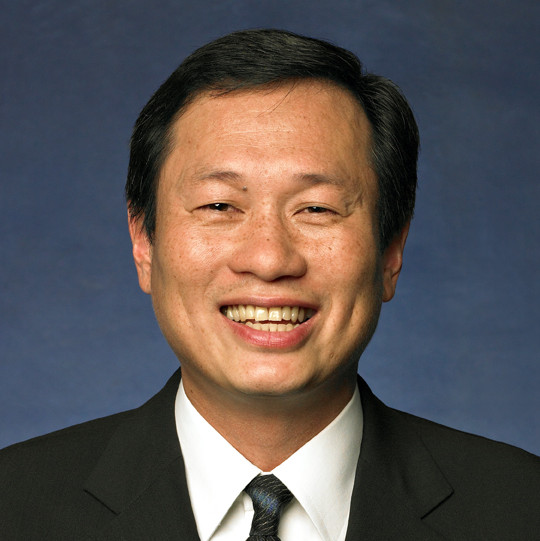Changes to Canada’s Trademark Laws: What You Should Know
On June 17, 2019, significant changes to Canada’s trademarks laws came into force. Here is a practical look at the most significant changes and how they might affect you or your clients.
Elimination of “use” as a prerequisite to registration
Arguably, the most significant change is the removal of “use” as a prerequisite to obtaining a trademark registration. Under the new regime, applications do not have to declare whether the mark has been in use yet in Canada and no evidence or statement of use is required for the mark to register. Before June 17, applicants had to claim one or more of the following bases for registration: 1) the mark had been used in Canada, and if so, to provide the date of first use; 2) the applicant proposed to use the mark, and/or 3) the mark had already been used and registered in another country. If a mark was filed based on proposed use, actual use of the mark in Canada was required before it would register and the applicant had to declare that use had commenced.
With no requirement to establish use, applicants are likely to file applications containing broader lists of good and services, which will clutter the register with overly broad registrations. This is particularly the case with squatters, who apply to register marks sometimes listing up to 45 classes of goods and services and in many instances, with no intention of ever using the mark in Canada. This means, however, that properly clearing marks for use and registration in Canada will become more challenging and more expensive.
Moreover, because applications no longer have to declare that the mark is in use or not, anyone clearing a mark will need to rely more on external investigations to determine whether a potentially problematic mark on the register is being used. As clearing marks gets more costly, applicants may forego searches or opt for cheaper, less thorough searches. As more applications are filed without proper clearance, this in turn will likely lead to more oppositions.
The removal of use from the registration process has not, however, eliminated use from Canada’s trademark laws. In fact, it is still a “use it or lose it” system. After registration, a mark will still be vulnerable to cancellation if it hasn’t been used within the preceding three years. In addition, under a provision of Bill C-86, which is not yet in force, a registered mark will need to be in use in Canada to be asserted through litigation during the first three years of registration.
Nice Classification System
Applicants must now classify the goods and services in an application according to the Nice Classification system. Along with this change, CIPO has started charging filing and renewal fees on a per class basis. As of 2019, the base application and renewal fees for one class are $330 and $400, respectively, so filing or renewing in only a few classes will not be much more expensive than before. However, since CIPO charges $100 for each additional class, costs can rise quickly.
Renewal Term
Speaking of renewals, the renewal term has been reduced from 15 years to 10 years. This applies even to applications that were filed before and were still pending as of June 17, 2019.
Madrid System
Canada also implemented the Madrid system. Under this system, a Canadian trademark application or registration can be used as a basis to file applications in other member countries, and vice versa. A benefit of this system is that you don’t need to hire agents in the individual foreign countries to file the applications, which saves on agents’ filing fees. Thus, depending on how many applications you intend to file aboard, it may be cheaper to go through the Madrid system. However, if you encounter office actions or other obstacles while prosecuting a foreign application, you’ll likely need to hire a local agent at that point. In addition, the Madrid system can also save on renewal fees.
For the first five years following an international registration, the scope and validity of the various foreign applications will be tied to the home application. During those five years, if the home application is refused or its scope is narrowed, the various foreign applications will suffer an equivalent fate. Therefore, if certain jurisdictions are particularly important, it may be safer to file directly in those countries, rather than going through the Madrid system, so that the applications are not dependent on the fortunes of the home application. In addition, in some jurisdictions, it may be faster for you to obtain a registration by filing directly rather than going through the Madrid system.
Non-traditional marks
The types of “non-traditional marks” available for registration has also expanded. Before June 17, 2019 you could register 3D marks, colour as applied to surface of a 3D object, sound marks, holograms and moving images. Now, you can also register colour per se, taste, scent, texture, position marks, modes of packaging goods, and combinations of these.
For each of these types of marks, applicants will need to show that the mark is distinctive as of the filing date. In addition, the registration will be restricted to the territorial area where the mark is shown to be distinctive. For example, if your scent mark is only distinctive in Ontario, your registration for that scent mark will be limited to Ontario. These types of marks are also subject to the new statutory codification of the primarily functional objection that can be raised by the Office.
New inherent distinctiveness objection
Before June 17, 2019, there was no statutory basis for trademark examiners to assess an application for its inherent distinctiveness. Now, examiners can object to an application on the basis that the mark is not inherently distinctive. “Inherent distinctiveness” refers to a mark’s originality and uniqueness and it is assessed relative to the goods and services in the application. A unique or invented name (e.g. XEROX, KODAK) is more inherently distinctive than commonly used, everyday words.
If you receive one of these objections, you have a few options. You can argue the mark has some inherent distinctiveness and that the objection is improper. There is no threshold level of distinctiveness that needs to be shown; as long as you can show that a mark has some inherent distinctiveness, the objection should be withdrawn. Alternatively, you can file evidence that the mark has acquired distinctiveness as of the filing date. If those options don’t work, you can always refile the application in the future, after the mark has acquired distinctiveness.
Divisional applications
Applicants can now divide goods and services in an application into multiple, separate applications. This might come in handy, for example, during examination if an examiner has objected to certain goods but not others and you want to obtain a registration sooner for the goods that have not been objected to while you try to overcome the examiner’s objections. Divisional applications may also be useful to narrow the scope of an opposition or to divide an application to transfer partial rights to another entity. Divided applications can later be merged.
Notification of third-party rights
There is also a new, informal mechanism to inform CIPO of existing third-party rights that impact a pending application that may have been overlooked by the Office. The notification is limited to three grounds: confusion with a pending application; confusion with a registered mark; and that a registered mark has been used to describe goods or services in an application. The practice notice on this mechanism states that CIPO will not consider evidence or written arguments submitted with the notification.


